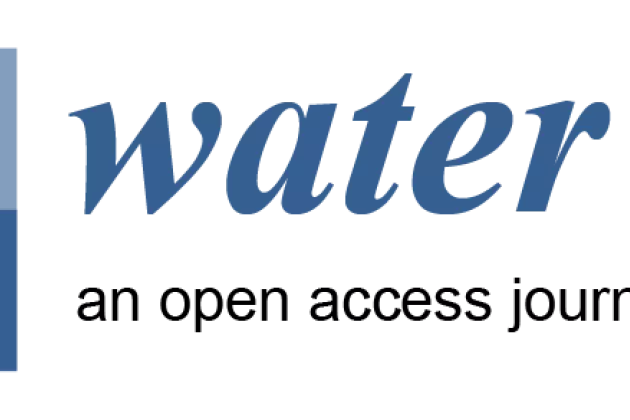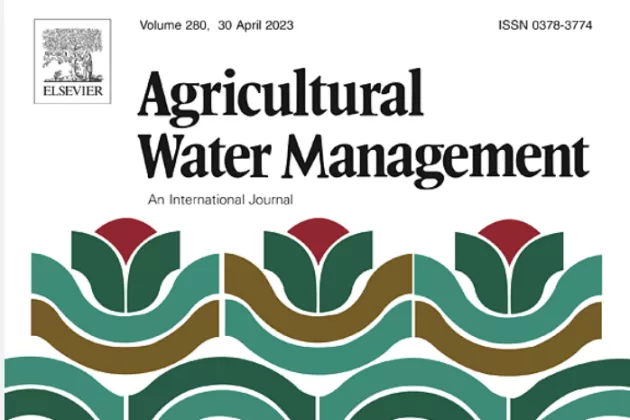CMES Deputy Director Ronny Berndtsson has co-authored the article "Groundwater Vulnerability to Nitrate Contamination from Fertilizers Using Modified DRASTIC Frameworks" together with Maryam Torkashvand (Islamic Azad University), Aminreza Neshat (Islamic Azad University), Saman Javadi (University of Tehran), and Hossein Yousefi (University of Tehran).
Abstract
Vulnerability maps of groundwater provide an efficient means of identifying environmental trends and prioritizing regions for prevention plans. The GIS-based DRASTIC method, however, does not consider the impact of contamination, so there is a need to modify it according to the specifics of the region and its contamination load. The aim of this study is to investigate a suitable DRASTIC modification for vulnerability assessment by changes in its rating and weighting systems. The goal is to explore and compare the impact of both objective and subjective weighting methods in the vulnerability assessment of a smaller aquifer situated beneath agricultural land. The frequency ratio (FR) method is used to adjust the DRASTIC index rates based on nitrate contamination as the main contamination from fertilizers extensively used in the study area. The DRASTIC parameters’ weights are determined using two objective and subjective methods, including Shannon entropy and single-parameter sensitivity analysis (SPSA), respectively. In total, five frameworks, including FR-DRASTIC, DRASTIC-Entropy, DRASTIC-SPSA, FR-SPSA, and FR-Entropy are developed and evaluated. We validate these proposed vulnerability indices based on the nitrate concentrations in 14 samples. The results show that the vulnerability map obtained from the FR-Entropy framework is superior, showing a 0.85 correlation with nitrate concentrations. Notably, Shannon entropy as an objective weighting method outperformed the subjective SPSA approach.
Keywords: DRASTIC; nitrate; GIS; frequency ratio; entropy; single-parameter sensitivity analysis





